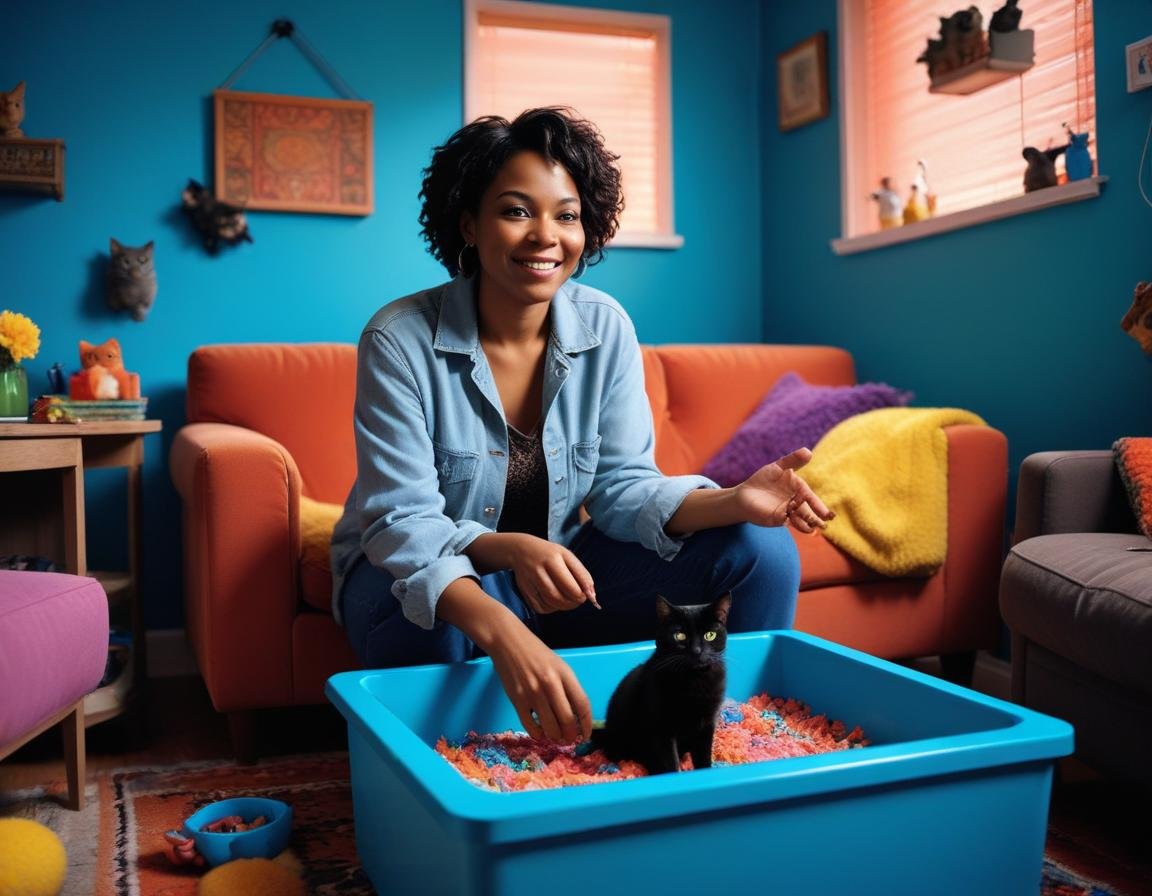Introduction
Birds are fascinating, intelligent, and highly sensitive creatures. Many bird owners love bonding with their feathered friends, but did you know that petting a bird’s wings can actually do more harm than good? Unlike dogs or cats, birds have a unique way of perceiving touch, and improper handling can lead to stress, damaged feathers, and even behavioral issues.
Let’s dive into three key reasons why avian vets recommend avoiding wing petting and explore safer ways to bond with your bird.
Understanding a Bird’s Anatomy and Sensitivity
Birds rely on their wings not just for flight but also for balance, communication, and survival. Their feathers are delicate, and even a minor disruption can impact their well-being.
- Feathers are highly sensitive – They contain nerve endings that can make birds uncomfortable when touched.
- Wings play a crucial role in body language – Birds use their wings to express emotions, and unwanted contact can be misinterpreted as a threat.
Why You Should Not Pet a Bird’s Wings
1. Can Cause Stress and Anxiety
Birds are prey animals by nature, which means they have strong survival instincts. When something or someone touches their wings, they may perceive it as a potential danger.
Signs Your Bird is Stressed by Wing Contact
- Fluffing up or shaking their feathers aggressively
- Trying to move away from your hand
- Vocalizing in distress (squawking, hissing, or screeching)
- Biting or lunging to warn you to stop
If you notice any of these signs, it’s best to avoid touching their wings and instead focus on more comfortable areas like their head or neck.
2. Can Damage Feathers and Affect Flight
A bird’s feathers are not just for show – they are essential for flying, insulation, and protection. Improper handling can lead to broken or misaligned feathers, which can significantly impact your bird’s ability to move naturally.
- Broken feathers can cause pain – Unlike human hair, damaged feathers can be painful and may even lead to bleeding.
- Molting cycle disruptions – Birds regularly shed and regrow feathers, and excessive touching can interfere with this natural process.
3. Can Lead to Behavioral Problems
Birds thrive on routine and trust. If they feel uncomfortable with your touch, they may begin associating your presence with discomfort, leading to behavioral issues like:
- Increased aggression – Birds may start biting more frequently.
- Avoidance behavior – Your bird may refuse to come near you.
- Overstimulation – Constant wing touching can lead to unwanted hormonal behaviors, especially in parrots.
Alternative Safe Ways to Bond with Your Bird
Instead of petting their wings, try these gentle and enjoyable bonding techniques:
- Head and neck scratches – Birds love being scratched in these areas because they can’t reach them on their own.
- Offering treats – Hand-feeding your bird their favorite snack strengthens trust.
- Teaching tricks – Birds enjoy learning new commands, which provides mental stimulation and strengthens your bond.
What to Do If You Accidentally Pet Your Bird’s Wings
If you unintentionally touch your bird’s wings and notice signs of stress, follow these steps:
- Give your bird space – Allow them to move away and calm down.
- Use a soothing voice – Talk softly to reassure them.
- Offer a treat – This helps create a positive association after the incident.
Expert Tips for Responsible Bird Handling
To ensure a happy and healthy relationship with your bird, follow these expert-recommended tips:
✔ Respect their boundaries – Observe body language and avoid unwanted contact.
✔ Use positive reinforcement – Reward good behavior instead of forcing physical interactions.
✔ Provide mental stimulation – Birds thrive on engagement through toys, puzzles, and training.
Conclusion
While it may seem harmless, petting a bird’s wings can cause unnecessary stress, damage their delicate feathers, and even lead to behavioral issues. Instead, focus on alternative ways to bond, such as head scratches, treats, and training sessions. By respecting your bird’s preferences, you’ll build a trusting and loving relationship.
Visit this website for more information https://thebirdidentifier.com/why-should-you-not-pet-your-birds-wings/
FAQs
1. Can I ever touch my bird’s wings?
In most cases, it’s best to avoid it. However, if your bird is comfortable with handling and you need to examine their wings for health reasons, do so gently and with caution.
2. What are the best areas to pet a bird?
Birds enjoy gentle scratches on their head, neck, and sometimes under their beak. These areas are safe and appreciated by most pet birds.
3. How do I know if my bird trusts me?
Signs of trust include willingly stepping onto your hand, preening in your presence, and vocalizing happily when you’re around.
4. What should I do if my bird reacts negatively to touch?
Stop immediately and give them space. Pay attention to their comfort level and build trust through positive interactions instead.
5. How can I train my bird to enjoy human interaction?
Use positive reinforcement techniques like treats, praise, and interactive play to create a strong bond without forcing physical contact.



